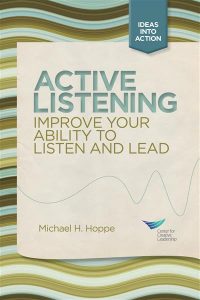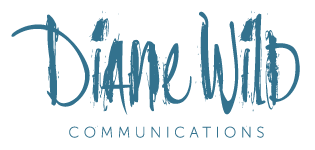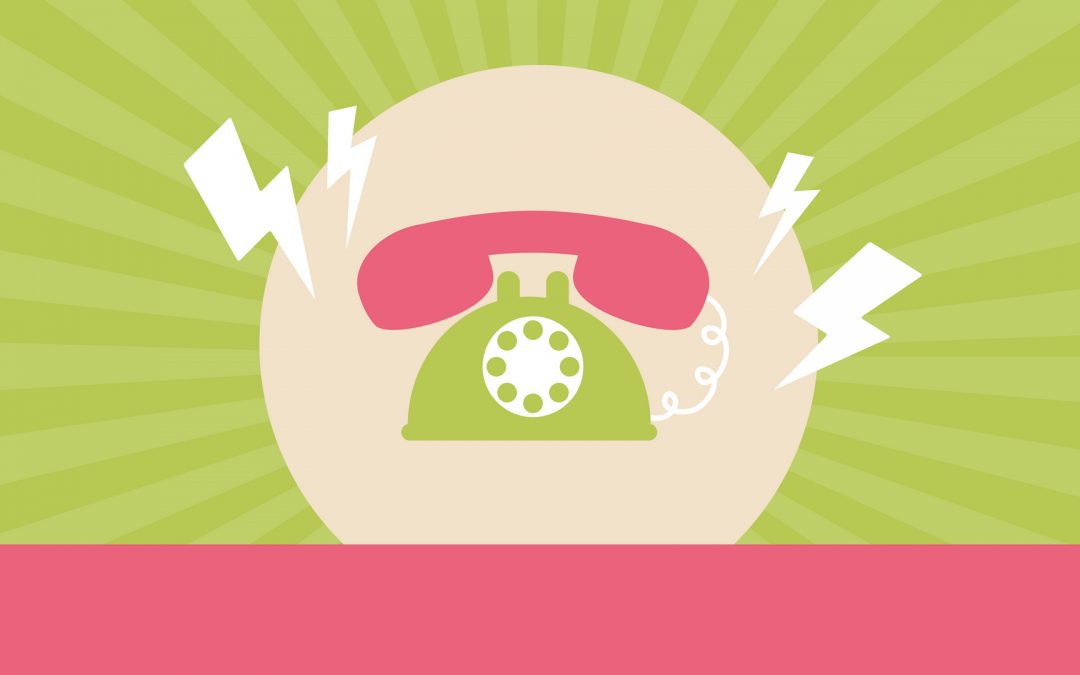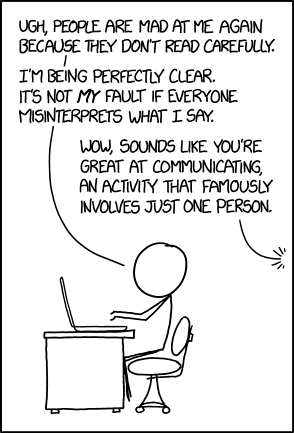Last week was awful for high-profile stories of despair, and wonderful for people encouraging those who are struggling to reach out. A common sentiment on social media was that we could all do better at checking in with each other.
Last week also saw the release of a report on how loneliness is “bad for the heart and a strong predictor of premature death.” Creating communities where people can make social connections is part of the work of the ministry of health here in B.C. and Britain went so far as to appoint a minister of loneliness in January.
But talking to each other is only part of the solution. Being alone is not synonymous with being lonely; being with people and feeling alone is. Listening well is at least half the work in creating connections. You can’t be a good communicator if you’re not a good listener.
How often do we attempt to cheer someone up who is hoping to find someone to acknowledge their pain? How reflexive it is to attempt empathy by jumping quickly to “I know how you feel,” diverting the conversation to our own story until it takes herculean effort to bring it back to the original point: a friend who tried to reach out. I like these active listening tips to help guide us through these kinds of conversations:
Bringing this to the work world, how tempting is it to wait impatiently for our turn to inject our ideas, maybe even interrupting because we just can’t wait? Or to blame our listeners for not getting what we’re saying, when we’re not actively trying to understand what they’re telling us?
“Most people do not listen with the intent to understand; they listen with the intent to reply.” — Stephen R. Covey.
As professional communicators, we can’t do our jobs well if we don’t fully understand the issues facing our organization or business, don’t fully understand the problems our clients are looking to us to solve, don’t fully understand the solutions our colleagues are offering.
We can conduct our research, create our strategy with measurable objectives and have tools to facilitate two-way communications. And all of that can go terribly wrong if we jump in with a strategy and tactics without first actively listening to leadership, colleagues, clients, our audience. We can end up solving a problem we only assumed existed, while remaining blind to the issues as others see them.
 The Center for Creative Leadership has some great resources to help us hone six skills of active listening for the business world.
The Center for Creative Leadership has some great resources to help us hone six skills of active listening for the business world.
- Pay attention: No kidding, right? But if we start to formulate our own response while the other person is speaking, we aren’t listening, never mind actively listening.
- Withhold judgement: An immediate reaction to what we’re hearing shuts down the possibility of fully appreciating the other’s point of view — crucial to being able to create communication strategies that will work with it.
- Reflect: Repeating a word or phrase you’ve heard can help confirm or understanding or encourage someone to expand on their thoughts.
- Clarify: Ask probing, open-ended questions.
- Summarize: Restate the themes of what you’ve heard so you’re both clear on what’s been both said and understood.
- Share: This — at the end of the list — is where we can bring in our own experiences and ideas, and work to be understood ourselves.
Read the Center’s post The Big 6: An Active Listening Skill Set and if you want to dig deeper there’s a guidebook that explores behaviours to practice the skills.



